Why Do Women's Clothes Cost So Much More Than Men's?
By:
Women in New York routinely pay more for everyday items marketed towards female consumers as opposed to males — even for nearly identical goods — a recent study found.
According to a survey of nearly 800 products with male and female marketing iterations — carried out by the New York City Department of Consumer Affairs and spanning more than 90 brands sold at two dozen online and brick-and-mortor stores in the city — women's products were on average 7 percent more expensive 42 percent of the time. Men's products were more expensive only 18 percent of the time.
Related: What Happened When a Woman Gave This Breastfeeding Mother a Stare Down
The women's products that cost more range from the interchangeable — razor blades and pink (vs red) toy scooters — to the slightly altered — jeans and polo shirts. Those slight differences in price cost women "thousands of dollars more than a man to purchase similar products" over the course of her life, the study reads.
Mayor Bill de Blasio said the findings were troublesome, especially given that women consistently make less than men in the workplace.
"We must advocate for equality at every turn," said Mayor Bill de Blasio in a statement last week. "Gender discrimination is never acceptable, and when we know that women continue to make less than men every year, the findings of this study are insult to injury for female consumers."
Related: Why Your Period Is Being Unfairly Taxed
The items surveyed included toys, clothing for both adults and children, personal care products, and senior health care products.
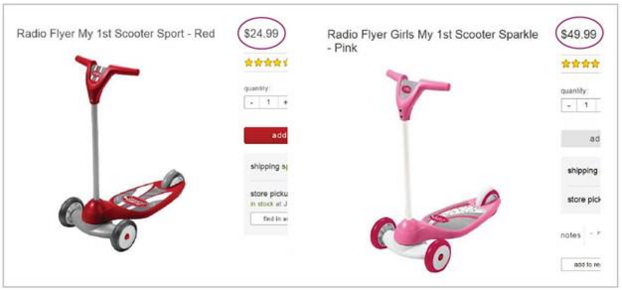 New York City Department of Consumer Affairs - nyc.gov
New York City Department of Consumer Affairs - nyc.gov
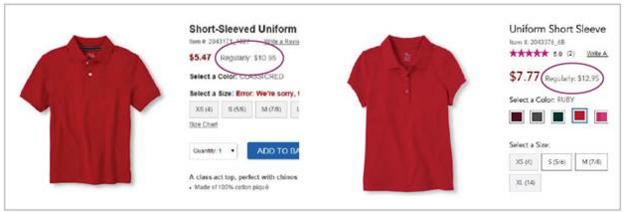 New York Department of Consumer Affairs - nyc.gov
New York Department of Consumer Affairs - nyc.gov
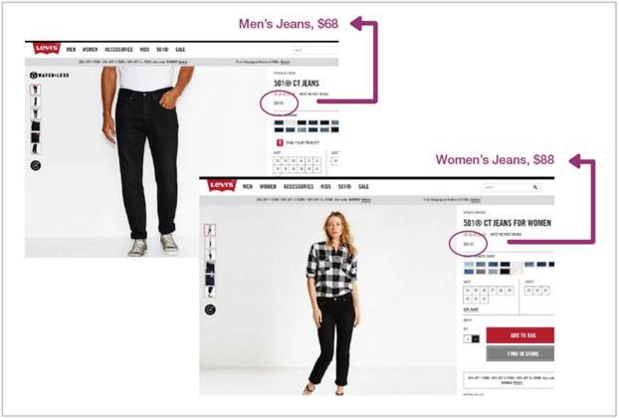 NYC Department of Consumer Affairs - nyc.gov
NYC Department of Consumer Affairs - nyc.gov
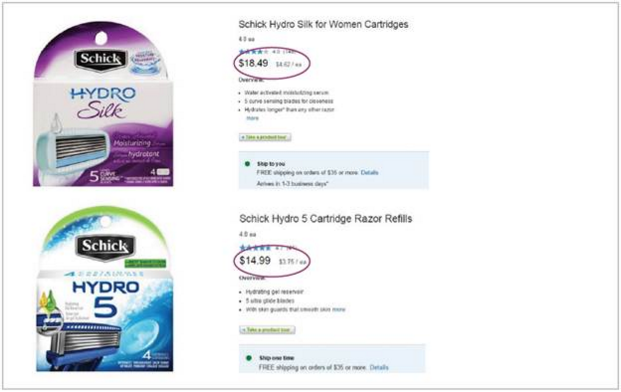 NYC Department of Consumer Affairs - nyc.gov
NYC Department of Consumer Affairs - nyc.gov
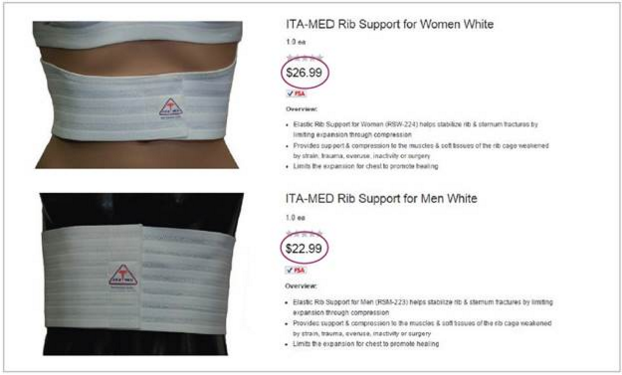 NYC Department of Consumer Affairs - nyc.gov
NYC Department of Consumer Affairs - nyc.gov
Related: The Uncomfortable, Taboo Reason Why Homeless Women Have It Harder
Of course, some women's products may be more expensive for reasons outside the consumer's control, like more labor, or higher priced manufacturing materials. But often the reasoning behind price differences is more elusive.
Gender pricing disparity certainly exists outside of the Big Apple, too; it even has it's own nickname: the "pink tax." It garnered the attention of the New York Times editorial board, which advised women to shop in the men's aisle until a legislative solution appeared, and it has been documented in other countries on dedicated blogs. Similar findings from a study in California in the mid 1990s led the state to enact the first and only ban against such pricing schemes, Business Insider reported.
